Planning Advice Note 83: master planning
This Planning Advice Note (PAN) 83 covers the masterplanning process from beginning to end.
This document is part of a collection
Introduction
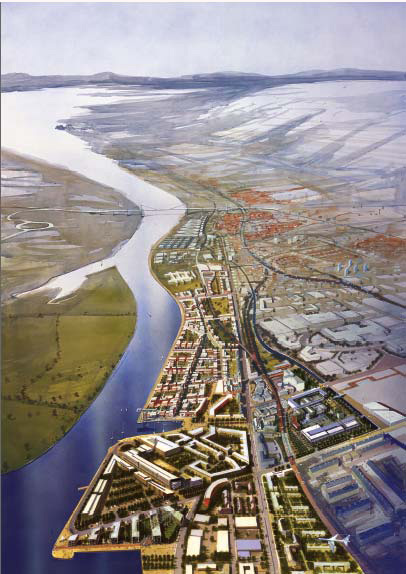 The Scottish Government wishes
to see a greater focus on the quality of places. It wants to
encourage the development of sustainable communities with high
quality environments, good transport connections and
well-designed, energy efficient, homes. Effective masterplanning
can make a positive contribution to the creation of sustainable
and successful places.
The Scottish Government wishes
to see a greater focus on the quality of places. It wants to
encourage the development of sustainable communities with high
quality environments, good transport connections and
well-designed, energy efficient, homes. Effective masterplanning
can make a positive contribution to the creation of sustainable
and successful places.
Managing physical, social and economic change in communities requires an integrated approach. Those involved in promoting development can benefit from using masterplanning in the transformation of places, as well as engaging the community, and others, throughout the process.
Aim of the Planning Advice Note
This Planning Advice Note ( PAN) has been produced as part of the Scottish Government's commitment to the design quality agenda. It aims to:
- promote the use of masterplanning to create better places;
- explain how to achieve more effective masterplanning;
- achieve more consistency in the presentation of masterplans; and
- encourage good practice through a range of exemplar case studies.
This PAN does not attempt to provide a detailed compendium on masterplanning but to provide clear, concise, advice on what can often be considered a complex subject.
The PAN covers the masterplanning process from beginning to end: from understanding the need for masterplanning, to preparing, creating, processing and implementing a masterplan.
Intended audience
Masterplanning is a process that involves many disciplines, all of which must work closely together to achieve the best results. This PAN is therefore intended for anyone who has a role in the planning, design and approval of development. This essentially includes built environment professionals, key stakeholders (including financiers) and the community.
Not every section will apply to everyone, or be relevant at any one time. Its use will depend on the skills of those who get involved in masterplanning, their role and at what stage within the process.
Further support
The PAN builds on, and forms part of, the design series which provides a wide range of advice on built environment specialist subjects. For the list of all design documents please visit
www.scotland.gov.uk/Topics/Built-Environment/planning.
In addition to written advice that is available, Architecture and Design Scotland ( A+DS) can provide support to local authorities, developers and masterplanning teams. It is best to approach A+DS to obtain guidance prior to the start of any masterplan process. More information on the services provided by A+DS can be found at www.ads.org.uk.
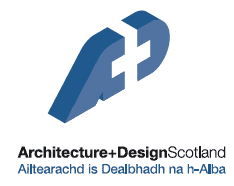
Background: key challenges and policy context
The need for this PAN on masterplanning stems from an increasing awareness of the importance of good urban design. Masterplanning is an invaluable planning and design tool for responding to local development needs and making the most out of the landscape.
Historic context
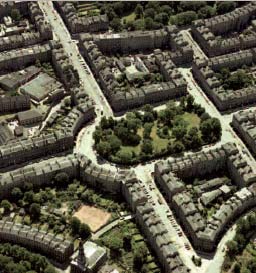
Scotland has historically benefited from imaginative but robust masterplans which have created places of outstanding quality. For example, Edinburgh's New Town, now a World Heritage site, was developed using principles from which we can learn today. Such well-planned places, that have stood the test of time, were often created by designers or builders working with a degree of freedom within a framework of rules. These rules often governed matters as layout, size of plots, building heights, the line of building frontages and building materials. In many cases, these controls were embodied in municipal building regulations motivated by requirements of public health, architectural vision and civic pride.
The challenge today
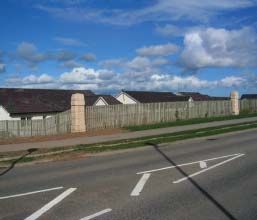
Today, in very different social and economic conditions, we depend on the planning system to provide a framework for creating successful places. The potential of masterplanning, however, in much recent development in Scotland has not been fulfilled. Implementation of many masterplans has often failed due to insufficient skills, experience or client commitment. With the rapid pace of development and lack of a co-ordinated vision for sites _- developments in which we can take pride and that stand the test of time have become the exception rather than the rule.
The future
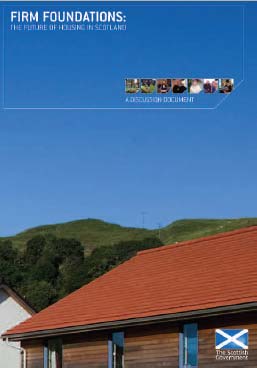
In the coming decade and beyond, significant new development is anticipated in Scotland's city regions, urban regeneration areas and where new infrastructure is required for major events. Our ability to masterplan effectively will influence the quality of this development, as well as achieving a sustainable future for Scotland.
The Scottish Government's discussion document Firm Foundations: the Future of Housing in Scotland challenged local authorities, developers and builders to increase the rate of new housing supply in Scotland to at least 35,000 a year by the middle of the next decade. Our vision for the future is of an increased supply of housing across all tenures, all of which will be delivered to higher environmental and design standards. Good masterplanning can help to deliver new housing of the right type in the right location, and the time is therefore right to raise its profile.
Policy context
The Scottish Government has a single overarching Purpose, and that is to focus government and public services on creating a more successful country, with opportunities for all of Scotland to flourish, through increasing sustainable economic growth. By "sustainable economic growth" we mean building a dynamic and growing economy that will provide prosperity and opportunities for all, whilst ensuring that future generations can enjoy a better quality of life.
One of the Government's National Outcomes in support of this Purpose is the intention is that we live in well-designed sustainable places where we are able to access the amenities and services we need. Consequently, Government policies on the built environment increasingly stress the importance of good design.
The focus of planning reform has been on the extent to which procedures are efficient and inclusive. The ultimate test is, however, better outcomes. The fact that design is a material consideration is intended to support this aim. When determining a planning application, a planning authority can refuse a proposal solely on design grounds and defend its decision at appeal. A masterplan can help in the decision-making process.
In 2008, a new Directorate for the Built Environment was created in Government to develop and strengthen the linkages between various elements of the work streams on architecture policy, building standards and planning. This PAN follows on from a series of design-based PANs aimed at delivering better places.
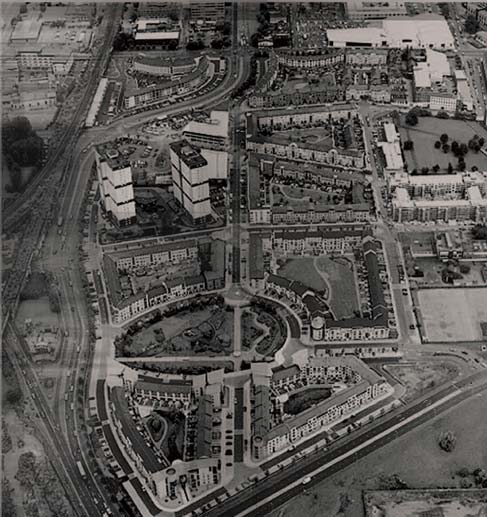
Contact
Email: chief.planner@gov.scot
Telephone: 0131 244 7528
Post:
Area 2-H (South)
Planning and Architecture Division
The Scottish Government
Victoria Quay
Edinburgh
EH6 6QQ
There is a problem
Thanks for your feedback